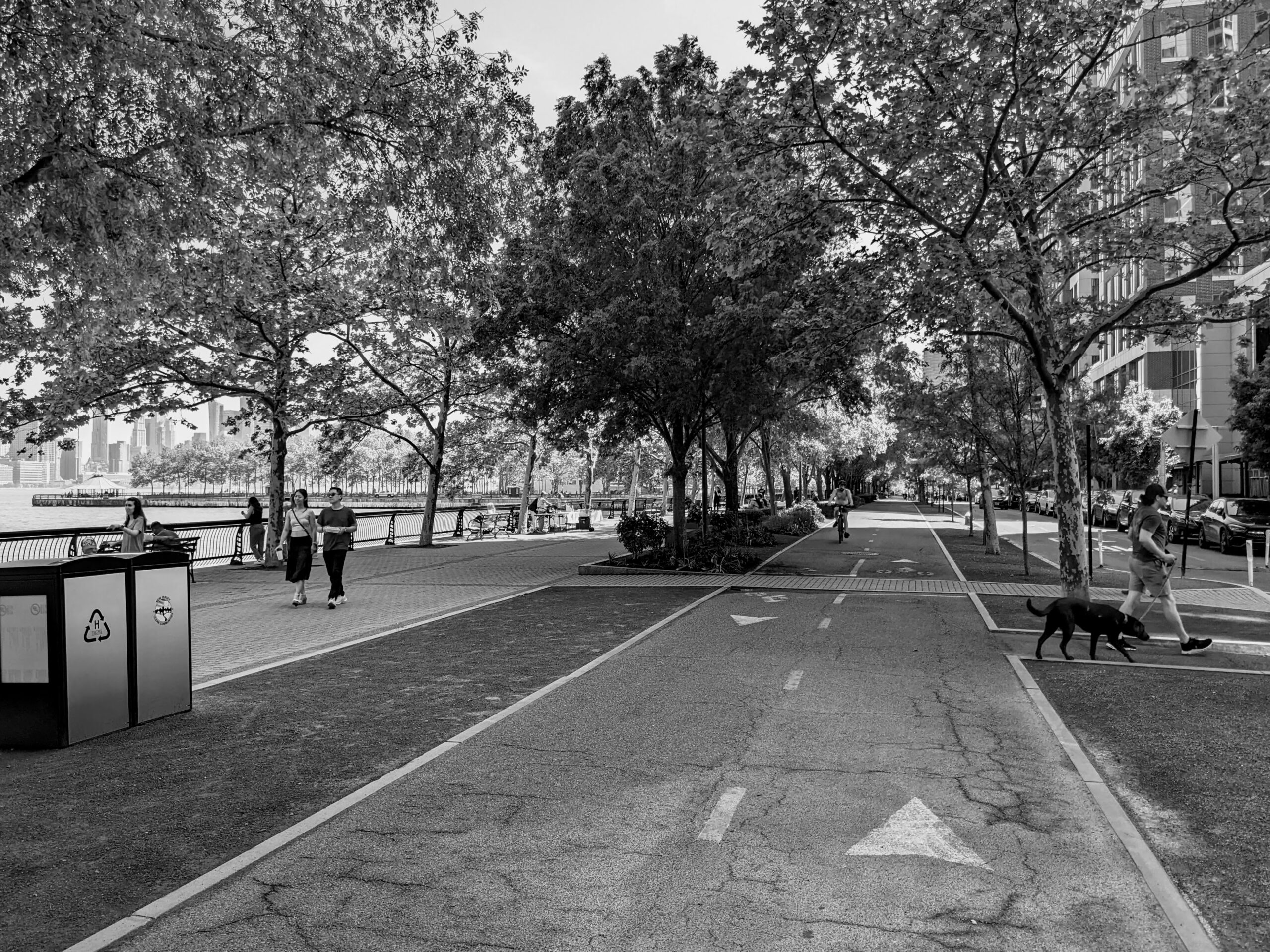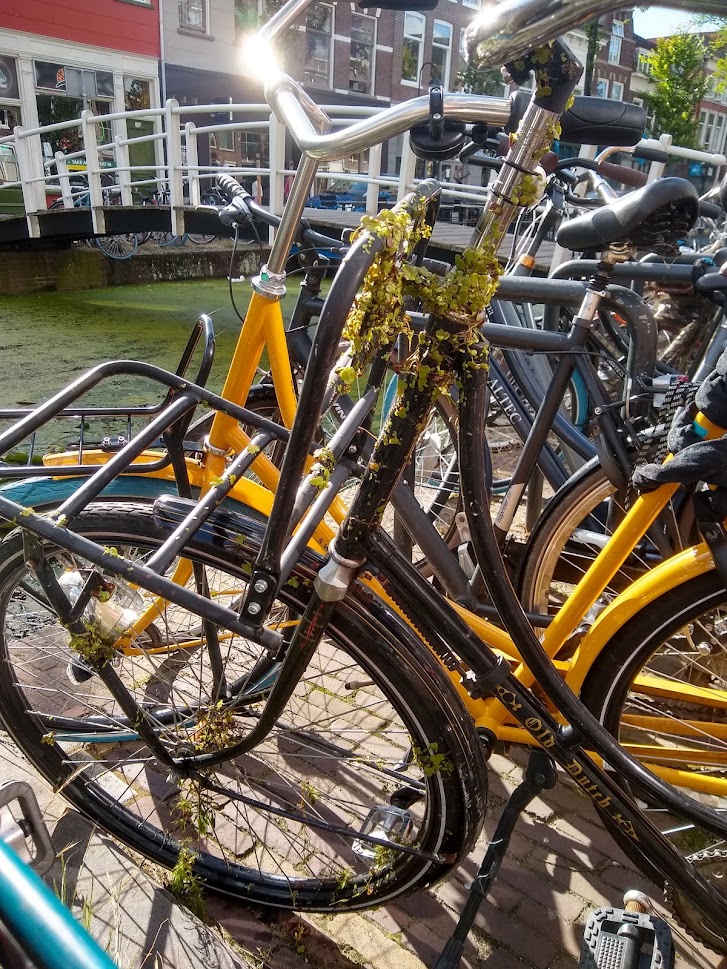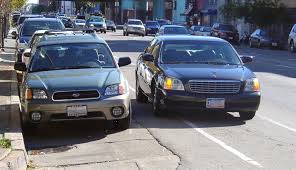Physical Address
304 North Cardinal St.
Dorchester Center, MA 02124
Physical Address
304 North Cardinal St.
Dorchester Center, MA 02124

What's the best urban path in America? Vote on Twitter this month for nominees in the Urban Paths World Cup.
I am currently reading A Fortress in Brooklyn, a (mostly) fine book about the relationship between Williamsburg’s Satmar Hasidim and real estate policy. One chapter discusses Satmar opposition to bike lanes in their neighborhood, and suggests that one cause of this opposition might be that “the Hasidic community in Williamsburg developed a pervasive and entrenched culture of driving automobiles.” In an otherwise heavily footnoted book, the authors supply no footnotes to support this claim. Is it true? Let’s look at the 2019 Census data. There are three Census tracts that include the core of Lee Avenue (the main street of Hasidic Williamsburg): tracts 531, 533 and 535 in Brooklyn. According to the American Community Survey (ACS), the percentage of occupied housing units without automobiles ranged from 63 percent (tract 531) to 85 percent (tract 535). Admittedly, ACS data for anything smaller than a city is subject to a large margin of error; however, it is pretty common for car ownership to be low in neighborhoods that are (like Hasidic Williamsburg) close to Manhattan, have a 55 percent poverty rate, and have over 80,000 people per square mile. Another heavily Hasidic area, Borough Park, is further from Manhattan, more affluent, and less dense. (The primary zip code of Borough Park, 11219, has a 32 percent poverty rate, and has only 60,000 people per square mile). Yet even in the Boro Park zip code, most households lack a vehicle. ACS commuting data is consistent with these figures. In all three Census tracts, fewer than 1/4 of workers drove or carpooled to work. Public transit use was roughly comparable, because the majority of workers worked in the neighborhood and walked to work. To me the most interesting question is, why did these otherwise careful authors get it wrong? I have two theories. First, […]

Hayek says that planning is the road to serfdom. Holland may be the most thoroughly planned country on earth - and it's delightful. How does a market urbanist respond to excellent planning?
I recently gave a talk on the topic of “Urban Mobility and Innovation” at the Stanford Graduate School of Business, where I am currently studying. I was positively surprised by the turnout for the event as there are currently few formal groups focusing on urban issues at the GSB. The reason I did this talk is because I have heard many people wanting to work in this field after graduation, despite not having a background in it. I believe that entrepreneurs and business leaders going into transportation, logistics and real estate markets markets could benefit significantly in their businesses by learning the fundamentals of urban development and planning. In this talk, I tried to explain how urban planning impacts new transportation technologies, as well as how new technologies are being adopted by city governments and regarded by urban planners worldwide. Some topics covered were: – How does urban planning limit or incentivize sustainable transportation? – Why are some cities walkable/bikeable and others not? – Why does mass transit fail in the US? – Solving traffic with tech: parking sensors and congestion pricing – Microtransit and low tech transportation: ideas from developing countries – The impact of autonomous vehicles and the Boring Company This event took place on Thursday, Jan 25, 2018 and was co-sponsored by the GSB Real Estate Club and the GSB Tech Club.

This month, the Washington Area Bicyclist Association (WABA) published an analysis citing traffic ticket data to illustrate the following point: Of the 723,237 parking tickets issued in this 5 month period, only 2,420 were for parking in bike lanes. That’s about 3 out of every 1,000 tickets. That comes to about 16 tickets per day, spread over more than 70 miles of bike lanes, or one ticket per day for every 4.5 miles of bike lane. This extreme lack of parking enforcement jives with my biking experience, during which I routinely have to dangerously swerve, often abruptly, out of the bike lane into car lane traffic due to a car or truck in the bike lane. I wanted to answer, though: What percentage of bike lane parking violators do DC police actually ticket? Let’s use my anecdotal experience to make some simple back-of-the-envelope calculations. There are 70 miles of DC bike lanes that function 24 hours a day. This comes out to a total of (70 miles) * (24 hours) * (60 minutes / hour) = 100,800 bike lane mile-minutes per day. Here are two measures based on anecdotal evidence: Observed area: My commute to work each day, 95% of which is in bike lanes, takes roughly 10 minutes each way, meaning I experience: ((10 minutes) * (1 mile) * (2 daily trips ) * (95% of trip in bike lanes)) / 100,800 total bike lane mile-minutes = 0.01885% of all DC bike lane mile-minutes per day. Violations: On my commute, I see on average 5 parking lane violations each way for a total of 10 daily violations. These infractions come in many shapes, most often: cars waiting outside a building or sitting idle in traffic, trucks or vans parked while making deliveries, or buses forced to cut across the bike […]